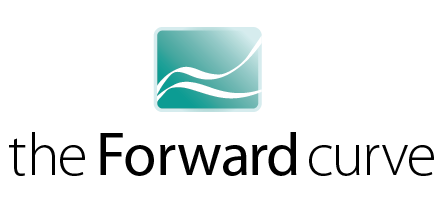By Afroz Khan
Best practices on TRM development were recently reviewed and defined in the 2016 ACEEE Summer Study paper titled “Technical Reference Manuals Best Practices from Across the Nation to Inform the Creation of the California Electronic Technical Reference Manual (eTRM).” Interestingly, California was one of the first states to create a “deemed” approach for quantifying energy savings through the Database of Energy Efficiency Resources (DEER) in 1994.This paper points out that DEER currently has over 600,000 measure combinations and lacks transparency on source documentation. So what was once a reliable and dependable resource has now become outdated and cumbersome to follow. The paper reviewed currentefforts aimed at evolving DEER into a more comprehensive, transparent and consistent format.
The research conducted by the authors includes a literature review of previous papers and reports on this topic, as well as primary research gathered by interviewing entities involved inthe process of TRM development for 20 jurisdictions.While specific details can be gleaned from the paper itself, an overarching point is that in order to create a successful framework, the process, structure, and content should “support a common set of mutually understood assumptions and estimates.”
Here are some key takeaways from this paper that I have also found to be critical in the TRM work in which we have been involved:
1. Collaboration is a key to success in creating a process which prioritizes consensus building, transparency, and buy-in.Different organizationsshould engage so that peer review is robustand approached from a variety of perspectives and experiences.By defining membership in a formal manner, commitment to rigor and quality can be assured.
2. The schedule and timeline should be clearly defined and agreed upon by all parties so updates and revisions can be anticipated and developed prior to effective date.
3. TRM teams should document all technical discussions and areas of contention during peer review. This point is described in the paper as a “Comparison Exhibit” that clearly memorializes each position, rationale, and associated data.
4. All measure values should be reproducible. Secondary research is only as good as the citation made to reference it. An inactive or incorrect link that only results in a deadend defeats the intention of transparency.
In addition to the points above, the paper includes a comprehensive “Before you Start” check list. This list identifies the technical issues to consider prior to starting any TRM development. This list is relevant for teams tasked with new TRM development or significant updates to existing TRMs. Starting with this list will serve as a useful kick-off for increasing the power of your TRM.
